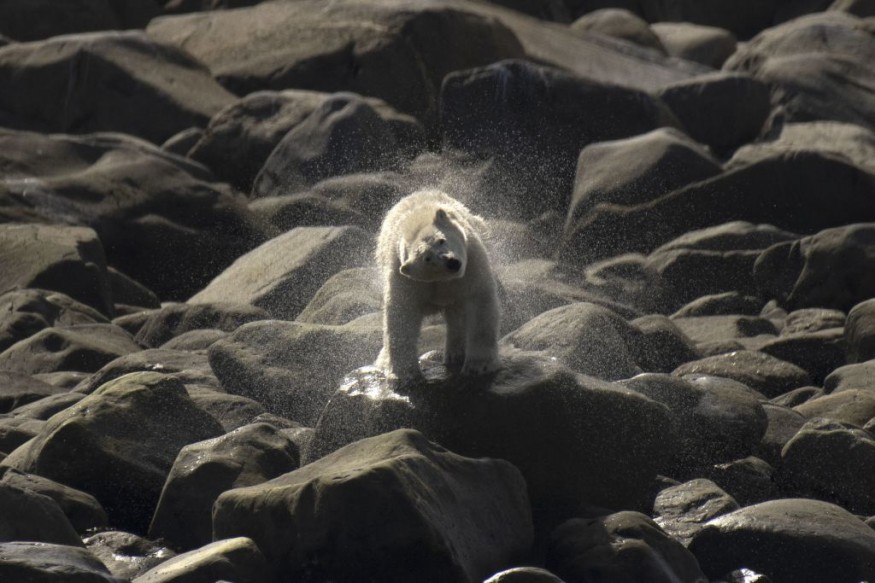
Residents of Churchill in Canada have reported seeing an unusually large number of bears in and around town.
The Manitoba town has a population of about 900 people.
Every year, between July and November, hundreds of polar bears (Ursus maritimus) converge on the town and the neighboring Hudson Bay area, attracting thousands of tourists wanting to see the Arctic carnivores.
Churchill, the unofficial polar bear capital in the world, is located in the heart of a natural polar bear corridor.
Wapusk National Park, located to the east of town, protects bear denning grounds.
Button Bay, to the west of town, is often the first stretch of Hudson Bay's western coastline to freeze up each fall.
Read Also : Climate Change is Forcing Grizzly and Polar Bears to Mate, Resulting in 'Pizzly' Hybrids
Polar bear alert
Manitoba Conservation officials had responded to 76 polar bear reports in and around Churchill, forcing them to relocate three of the massive carnivores to a holding facility east of town.
This compares to 18 calls by the same date last year.
"There are so many polar bears in and around the town of Churchill we are looking at record numbers this year and that's heavily influenced by where the last ice in the Hudson Bay melts," Churchill conservation officer Chantal Maclean said in an interview.
According to Manitoba government statistics, officers receive approximately 250 complaints from citizens each year and hold approximately 50 bears.
In 2003, 176 bears were captured in a single year, setting a new record.
The majority of sightings come in October and November, which indicates that if the current pattern continues, the number of sightings this year might possibly exceed the norm.
During a typical spring, the estimated 616 polar bears that reside along the western shore of Hudson Bay make landfall in a variety of areas extending from southeastern Nunavut to northwestern Ontario.
According to Maclean, just half of the bears tagged by biologists spend their summers in Manitoba.
Officers were also not required to capture, sedate, or house any of the bears in the former military base - a catch-and-release program that typically does not begin until October.
Human-caused climate change
The most likely cause of the change in behavior is the way sea ice forms and melts as a result of human-caused climate change.
According to experts, the sea ice surrounding Churchill is now freezing earlier than in other regions of Hudson Bay, making it the greatest place to begin hunting when winter arrives.
Polar bears spend the winter hunting seals on the icy surface of Hudson Bay. When the ice melts in the spring, bears migrate inland to mate and seek alternate food sources.
The bears return to the water in the fall. Normally, half of the 600 bears that live near Hudson Bay's western coast pass through Manitoba on their way back to the frozen waters in the fall, and the bulk of those stop in Churchill to look for food. The remainder travel via Ontario and Nunavut.
However, practically all of the Hudson Bay bears monitored by conservation authorities this year are in Manitoba, which may explain why so many bears have been observed in Churchill.
Related Article : Climate Change and Polar Bears: Unlikely to Survive on Land-Based Food
Related Video:
© 2025 NatureWorldNews.com All rights reserved. Do not reproduce without permission.





